As the application of PETG plastic products increasingly expands, both the public and plastic manufacturers are growing more concerned about its safety.
Particularly in applications involving food contact, medical devices, and children’s toys, there is a heightened interest and concern regarding questions such as: Is PETG toxic? Could it negatively affect the environment and human health? And how can PETG be safely handled and recycled?
Therefore, in the content that follows, we will explore the safety of PETG in depth to help consumers and manufacturers better understand and use this material.
What Is PETG?
PETG is a transparent, amorphous copolyester formed by the transesterification polymerization of PTA, EG, and CHDM monomers.
Compared to traditional PET plastics, PETG copolyester enhances its physical and processing properties by adding modifiers. It possesses excellent transparency, weather resistance, chemical resistance, and impact resistance.
Due to its complementary advantages and disadvantages with other materials, PETG can be blended with engineering plastics such as PC and ABS for practical applications.
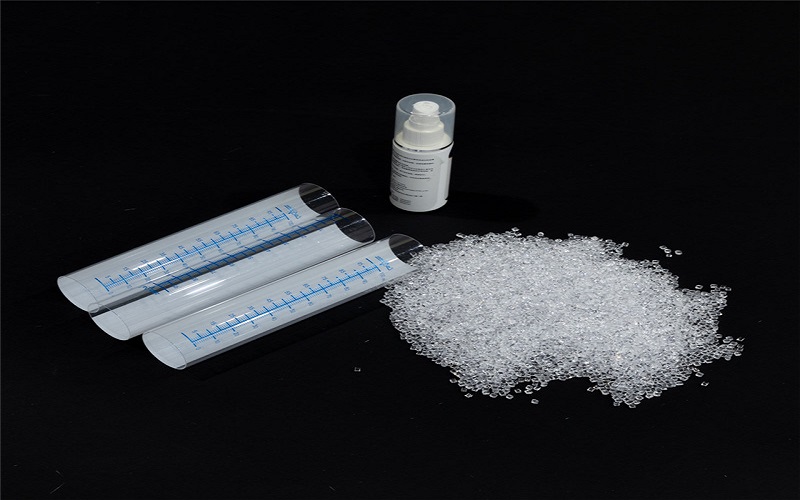
The Composition of PETG Material
PETG is produced by copolymerizing ethylene glycol , purified terephthalic acid, and cyclohexanedimethanol.
This process introduces CHDM into the polymer chain, reducing crystallinity and making PETG ideal for thermal molding and printing.
Increasing CHDM content leads to a more disordered molecular structure, lowering PETG’s melting point and enhancing its amorphous nature.
When CHDM content exceeds 50%, the material is classified as PCTG; below 50%, typically between 30%-40%, it remains PETG.
This modification maintains PET’s desirable properties while adding flexibility and processing ease, positioning PETG as a safe, environmentally friendly alternative to materials like PVC, with excellent transparency and weather resistance.
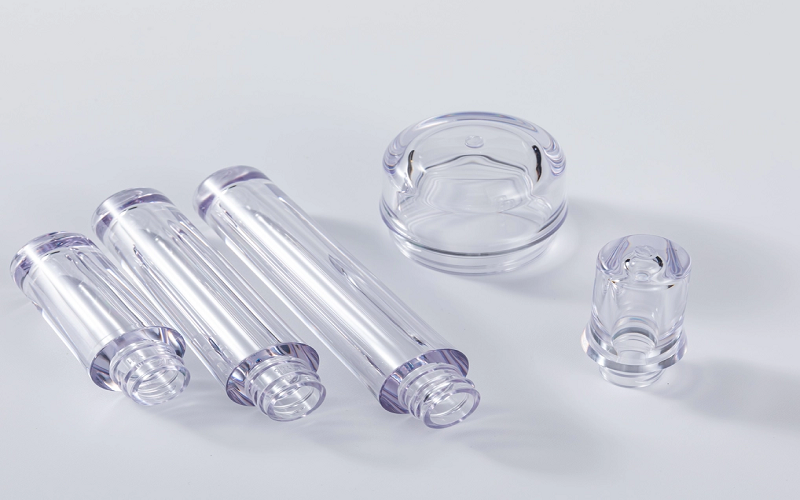
Processing And Manufacturing Of PETG Plastic Products
PETG copolyester exhibits excellent processing capabilities, allowing for fabrication through various methods such as injection molding, blow molding, extrusion, and more. It is also a common material used in 3D printing.
In the PETG vs ABS article, we learnt that ABS plastic releases fumes such as volatile organic compounds (VOCs) during manufacturing and processing.
Unlike it, PETG does not emit unpleasant odors during its thermal processing, nor does it release toxic gases when incinerated.
Additionally, PETG injection moulding products exhibit excellent toughness and impact resistance, capable of withstanding a variety of chemical attacks, thus extending their service life.
Therefore, the processing and molding of PETG not only showcase its superior product performance but also its safety during the processing phase.
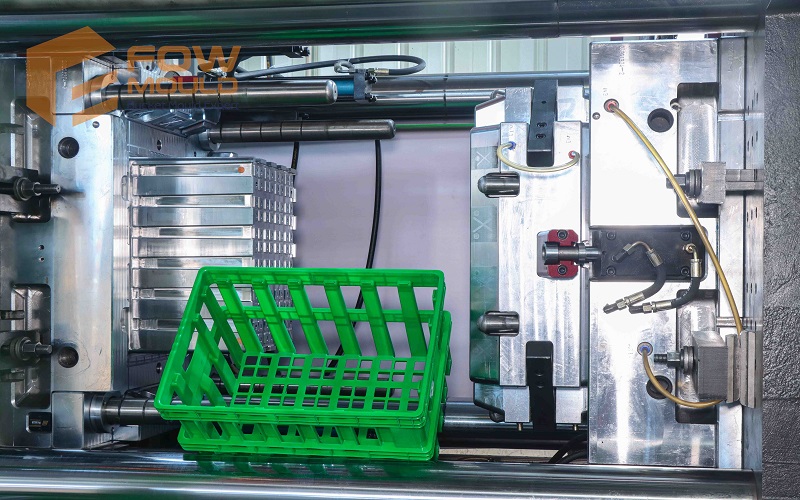
Is PETG Toxic?
From a compositional standpoint, PETG does not contain the harmful substance BPA, thus it is generally considered to be a safe and non-toxic material.
This makes it particularly popular for applications requiring high safety standards, such as food contact, medical devices, and others.
Under normal use and processing conditions, PETG does not release toxic gases or chemicals.
However, in specific applications like 3D printing, although PETG releases fewer VOCs compared to some other plastics, it is still recommended to operate in a well-ventilated environment during high-temperature processing to ensure safety.
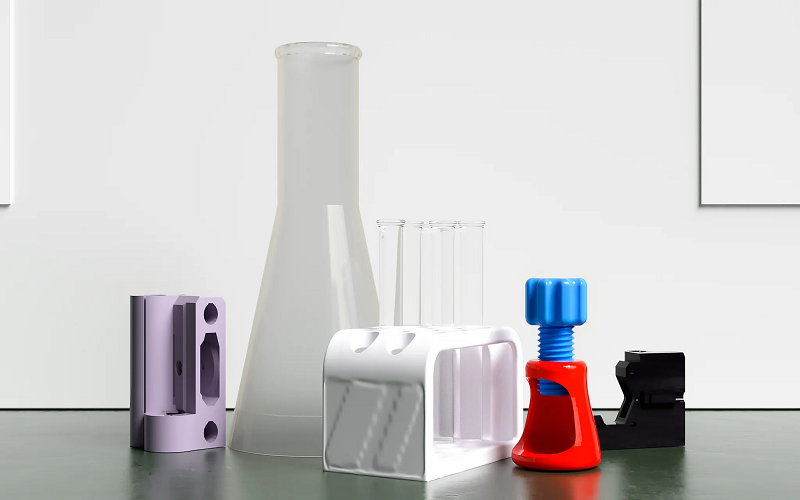
Is PETG Food Safe?
PETG, being free of toxic components and certified by regulatory bodies such as the U.S.FDA,is considered a safe food-grade plastic material.
This has made PETG a popular choice for food contact applications, such as food containers, beverage bottles, and other packaging materials.
However, it’s important to recognize that while the material itself is safe for food contact, the overall safety of PETG products also depends on various factors in the manufacturing process.
These include whether non-food-grade colorants or additives were used during production and the cleanliness of the manufacturing environment.
Moreover, when using PETG for 3D printing items that will come into contact with food, special attention should be given to the 3D printing process, which might create small crevices on the surface where bacteria can hide.
Therefore, for 3D printed PETG items intended for food contact, it is recommended to apply food-safe coatings or ensure that food-grade certified PETG filament is used and printed in a clean environment to guarantee the safety of the final product.
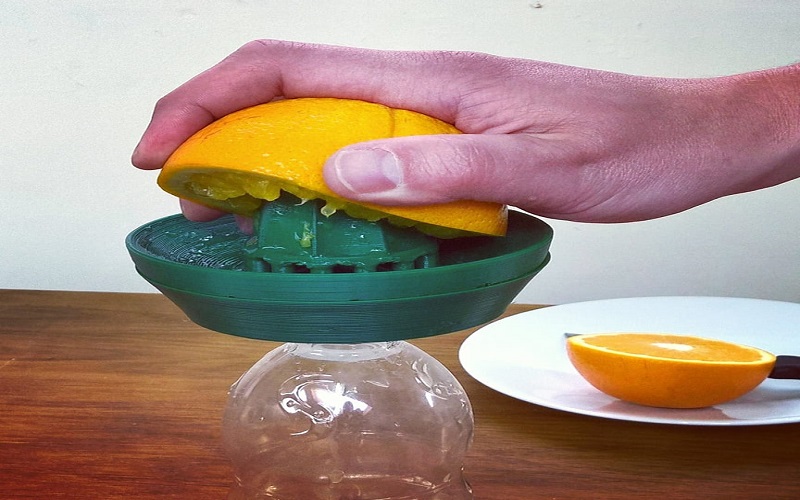
Is PETG A Threat To Human Health?
Bisphenol A (BPA) is a chemical known for its potential estrogen-mimicking effects, which can cause health issues by interfering with the hormonal system.
PETG does not contain this substance, and the U.S. Food and Drug Administration, along with other international regulatory bodies, has approved PETG for food contact applications.
Moreover, PETG exhibits good chemical stability, is resistant to decomposition, and does not release harmful substances under normal conditions.
Therefore, PETG is generally considered not to pose a threat to human health.
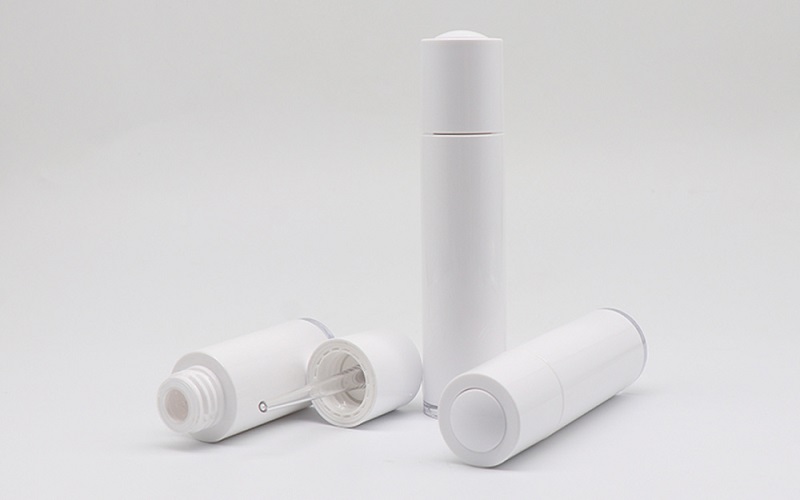
The Environmental Impacts Of PETG
PETG, upon complete combustion, leaves behind only CO2 and water, making it one of the few environmentally friendly plastics available to date.
Moreover, it can be recycled through appropriate processes.
Since 2006, many developed countries in Europe, America, and Japan have been actively advocating for the use of eco-friendly materials like PETG, which has certifications from SGS, FDA, and MSDN.
PETG has become one of the preferred alternatives to non-eco-friendly transparent materials such as PVC material.
Furthermore, PETG does not release harmful substances during use, nor does it deform or emit toxic gases when heated, thereby posing minimal potential harm to the environment.
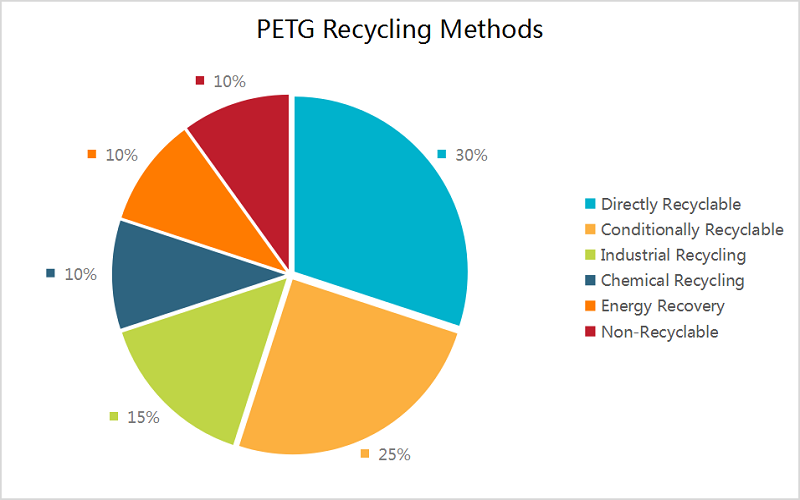
PETG In The Medical Industry:Safety And Durability
In the context of increasingly stringent requirements for medical devices, the application of PETG plastic undoubtedly provides plastic manufacturing companies with a new point of differentiation.
Due to its excellent chemical stability and biocompatibility, PETG copolyester is widely used in the manufacture of medical devices and packaging, such as surgical instruments, infusion bottles, and medical syringes.
Its high transparency allows medical staff to clearly observe internal substances, ensuring efficient and safe medical operations.
Additionally, PETG’s good barrier against oxygen and water vapor, along with its ability to be sterilized using gamma radiation, plays an irreplaceable and vital role in protecting sensitive sterile medical devices.
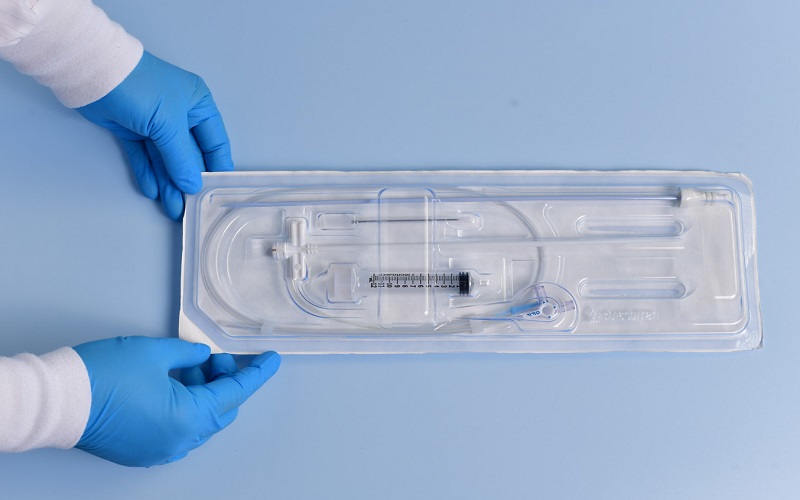
Comparison Of Other Materials With PETG
In the PET vs PETG comparison, PETG serves as a modified version of PET, with added glycol to reduce crystallinity and enhance both transparency and processability.
PET is primarily utilized for packaging a variety of beverage containers, such as water bottles and soda bottles.
On the other hand, PETG finds its application in packaging for cosmetic boxes, perfume bottles, and similar containers.
Within the realm of 3D printing, the PETG vs ABS debate is common due to their status as leading materials.
Notably, PETG outperforms ABS in terms of food safety, also presenting a more environmentally friendly option during the printing process.
Adding to this discussion, the PLA vs PETG comparison further illuminates the diversity of choices in 3D printing materials.
While PLA is celebrated for its biodegradability and lower printing temperature, making it a user-friendly option especially for beginners, PETG offers enhanced durability and flexibility, making it more suited for functional parts that demand higher resilience and temperature resistance.
Thus, from a safety standpoint, PETG stands out as an exemplary selection, marrying the benefits of robustness and environmental consciousness, which, when juxtaposed with PLA, presents a more durable, albeit less biodegradable, alternative.
Below is comparative data between PETG and other common materials:
Performance Indicator | PETG | ABS | PLA | ASA |
Heat Deflection Temperature | Approx. 70°C – 80°C | Approx. 98°C – 105°C | Approx. 55°C – 60°C | Approx. 95°C – 105°C |
Impact Resistance | High | Medium to High | Low | High |
Food Safety | Yes (certified materials required) | No | Yes (certified materials required) | No |
Environmental Friendliness | Higher | Lower | Higher | Lower |
Hydrolysis Stability | High | Medium | Low | High |
Printing Difficulty | Medium | Medium | Low | High |
Volatile Organic Compounds (VOCs) Emission | Low | High | Low | High |
UV Resistance | Medium to High | Low | Low | High |
Conclusion
In conclusion, PETG’s lack of harmful chemicals, combined with its food safety certifications, biocompatibility, environmental friendliness, and chemical resistance, underscores its reputation as a safe material for a broad range of applications.
Its safety, however, also depends on proper handling and adherence to recommended processing guidelines, especially in specialized applications like 3D printing.
